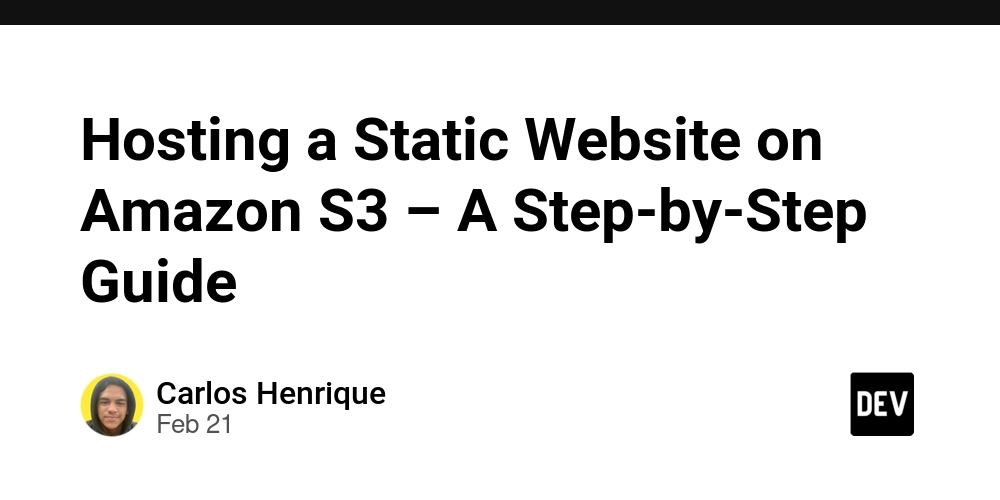Java Persistence API (JPA) is a powerful tool for managing data persistence in Java applications. However, working with JPA queries can sometimes feel like solving a complex puzzle. Whether you're crafting dynamic queries, optimizing performance, or debugging unexpected results, there’s always something new to learn. One of the most fascinating aspects of JPA is its flexibility. From JPQL to Criteria API and native SQL, developers have multiple ways to interact with their data. But this flexibility often raises questions: When should you use JPQL over Criteria API? How do you handle performance bottlenecks in large datasets? What’s the best approach to avoid the infamous

Java Persistence API (JPA) is a powerful tool for managing data persistence in Java applications. However, working with JPA queries can sometimes feel like solving a complex puzzle. Whether you're crafting dynamic queries, optimizing performance, or debugging unexpected results, there’s always something new to learn.
One of the most fascinating aspects of JPA is its flexibility. From JPQL to Criteria API and native SQL, developers have multiple ways to interact with their data. But this flexibility often raises questions:
- When should you use JPQL over Criteria API?
- How do you handle performance bottlenecks in large datasets?
- What’s the best approach to avoid the infamous












































































































































































![[The AI Show Episode 142]: ChatGPT’s New Image Generator, Studio Ghibli Craze and Backlash, Gemini 2.5, OpenAI Academy, 4o Updates, Vibe Marketing & xAI Acquires X](https://www.marketingaiinstitute.com/hubfs/ep%20142%20cover.png)



























































































































![[DEALS] The Premium Learn to Code Certification Bundle (97% off) & Other Deals Up To 98% Off – Offers End Soon!](https://www.javacodegeeks.com/wp-content/uploads/2012/12/jcg-logo.jpg)


![From drop-out to software architect with Jason Lengstorf [Podcast #167]](https://cdn.hashnode.com/res/hashnode/image/upload/v1743796461357/f3d19cd7-e6f5-4d7c-8bfc-eb974bc8da68.png?#)








































































































.png?#)

































_Christophe_Coat_Alamy.jpg?#)
 (1).webp?#)





































































































![Apple Considers Delaying Smart Home Hub Until 2026 [Gurman]](https://www.iclarified.com/images/news/96946/96946/96946-640.jpg)
![iPhone 17 Pro Won't Feature Two-Toned Back [Gurman]](https://www.iclarified.com/images/news/96944/96944/96944-640.jpg)
![Tariffs Threaten Apple's $999 iPhone Price Point in the U.S. [Gurman]](https://www.iclarified.com/images/news/96943/96943/96943-640.jpg)




































































































































